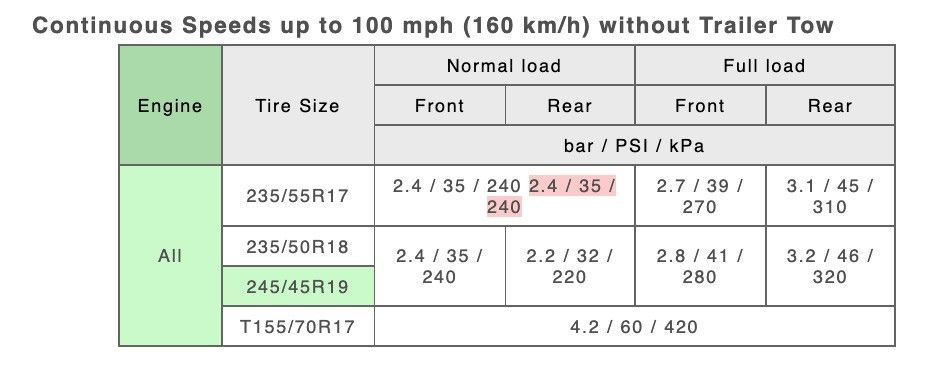Column keying
When ignoring the order of columns, you can control how columns align. By default, they align based on their content. However, it is possible to set up column ‘keys’ to control how the alignment takes place. The following keying modes are available:
AUTO – the content of each column is used to find the best alignment
COLNAME – columns are only aligned if they have the same colname attribute on their cells
POSITION – columns are aligned purely by position i.e. column 1 in A aligns with column 1 in B etc.
It is also possible to manually provide custom keys for each column by adding processing instructions into the table. See the user documentation for more details.
Download your update today or get a free evaluation trial!
These table enhancements will be roll out to our other products shortly, including DITA and DocBook, and will also support xHTML tables, subscribe to our newsletter to be kept up to date with all new releases. We are always keen to hear your feedback. If you’re already a customer of DeltaXML, these releases will be available immediately. Head over to MyDelta and update your license today. If you are new to DeltaXML, request a free trial license and our technical experts we will be happy to onboard you.





















